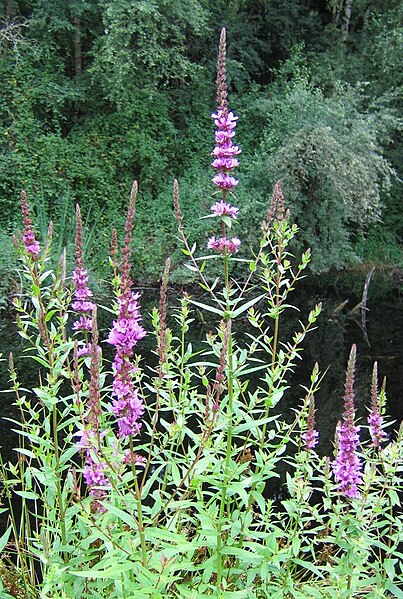They came from foreign waters. With stealth, appetite, and agility on their side, they’ve become one of the most successful invasive species in recent history, and realistically, the invasion has only just begun. Their deadly and dizzying beauty is of little consolation to those following the invasion of the Volitan Lionfish.
About a year ago, Dave posted a blog on lionfish as invasive species and the responsibility of aquarists to not release non-native species into waterways. Brandon has followed up with similar articles on some other invasive non-native species, too. Just this week I came across 2 more recent articles about the lionfish invasion, this time about populations established in the Caribbean and off the coast for Florida. I wanted to bring you the articles and an update, as the problem is only getting worse as we could have predicted.
Both articles pinpoint the beginning of the problem as six specimens that escaped into open waterways from a Miami waterfront aquarium that was smashed during hurricane Andrew in 1992, though it is highly likely that there were other contributions, too. It is becoming a serious concern as the predators multiply, their numbers in the thousands, and devastate native populations. The articles liken the invasion to a plague of locusts. NOAA studies show that the populations in some areas have increased tremendously, from 22 per hectare in 2004 to 200 per hectare in 2008. The predators are having a huge effect on commercial fish populations and populations of herbivores that keep algae and other marine vegetation at bay, especially on reefs.
As the drama unfolds, it really is compelling to read about, and it will be interesting and scary to see what will happen in the next couple of years if there are no solutions found to keep the populations in check. Scientists are scurrying to find natural predators of lionfish to aid in control, and they’re encouraging fishermen and restaurants to utilize them as entrees. It’s open season on these fish in many places, but with such huge numbers and range, the outlook is bleak for control…disturbing on so many levels.
http://blogs.thatpetplace.com/thatfishblog/2007/11/07/invasive-species-volitan-lionfish/
http://www.timesonline.co.uk/tol/travel/news/article4538370.ece
http://www.timesonline.co.uk/tol/travel/news/article4538370.ece
Until next time, Patty
 That Fish Blog – Aquarium Advice and Information
That Fish Blog – Aquarium Advice and Information



